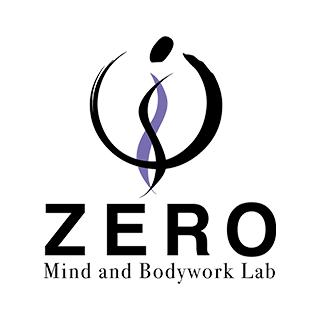Q1. What kind of problems (for example, shoulder or lower back) did you have before receiving Rolfing sessions?
At start of the session, I did not feel any discomfort, but anyways, I felt like there were no core in my body.
The basic yoga pose – Mountain pose seems difficult for me. Once I devoted seriously to yoga practice, and I was able to do Sirshiasana poses. I thought to myself, my core muscle is stable but felt like I was not stable enough when I was standing. So, I decided to take ‘trial’ session of Rolfing and I was able to feel the stableness of standing through back of my feet, and decided to receive Rolfing.
Q2. What happened after you had received 10 sessions? What was solved and what did you recognized the differences?
I feel like I am more aware of upper and lower body connection than before. The most biggest change was position of my wrist during running. The position of it is precise and I could wave it very easily. When I run long distance, I usually get tired from the wrist, but after the 7th session, half marathon that I ran was very comfortable when running and felt no tiredness in the wrist, though the speed was slow. Probably upper and lower body connection enabled me to feel the link between leg and the wrist.
Also, when I sit in the chair, in a way I sat in a collapsed position and was fine, but I think this is no good to the body. When I started taking Rolfing, that posture made me tired, thus made me sit up straight.
Q3. What kind of people do you recommend Rolfing sessions?
I recommend to those who have physical problems, and also, feel disconnection between the four limbs, like this limb is not connected to this limb, etc. Additionally, a person feel disconnected between body and mind.
The most prominent feature of Rolfing is that it has an ending. You do not have to come forever like massage, and since there is an ending, practitioner takes it seriously.
